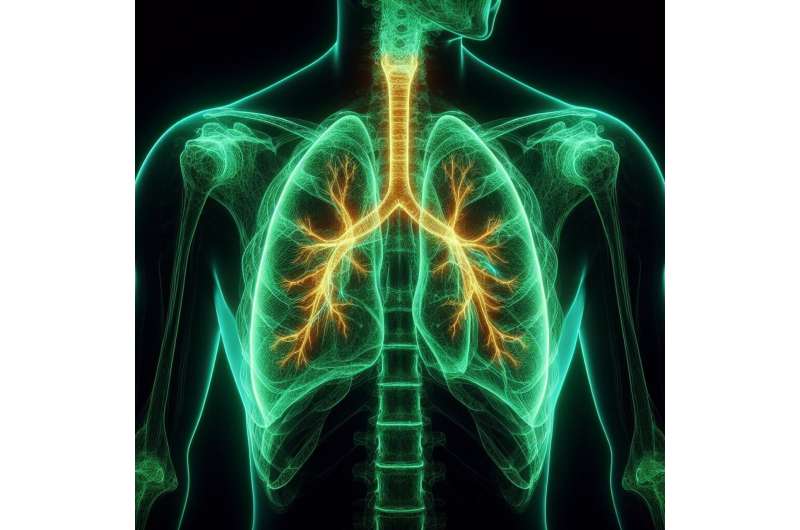Innovative Web-Based Tool Enhances Lung Cancer Prevention and Management

A new web-based, customizable platform designed to assist states and regions in developing targeted strategies to prevent, screen, and treat lung cancer effectively, aiming to reduce mortality and improve health equity.
A groundbreaking, customizable digital platform has been developed to empower state and local health authorities with targeted resources aimed at reducing lung cancer mortality and improving treatment strategies. This innovative web-based tool, detailed in an article published in the journal Cancer, provides tailored guidance to address the unique needs of different regions, facilitating more effective lung cancer control efforts.
Lung cancer remains the leading cause of cancer-related deaths worldwide, yet screening participation remains relatively low, often resulting in late diagnoses and poorer outcomes. To combat this, the American Cancer Society's National Lung Cancer Roundtable (ACS NLCRT), established in 2017, unites a wide spectrum of public, private, and nonprofit organizations, including over 200 advocacy groups, healthcare professionals, government agencies, cancer centers, academic institutions, and health systems.
Among its various initiatives, the State-Based Initiatives (SBI) Task Group was tasked with creating customized resources and strategic tools to aid regional cancer prevention efforts. The SBI Planning Tool was developed through extensive stakeholder engagement, including meetings, interviews, and usability testing, with consistent updates based on user feedback to enhance its usability and relevance. It allows users to navigate through tailored recommendations, considering factors like existing programs, funding, policies, provider engagement, and community perceptions.
A key focus of the tool is health equity, ensuring that interventions are inclusive and effective across diverse populations, including underserved communities. Senior author Robert Smith, Ph.D., emphasized that the tool aims to equip local health leaders and professionals with practical resources to develop region-specific strategies that address the unique challenges of each community.
This initiative aligns with ongoing efforts to increase lung cancer screening and early detection, essential in reducing mortality rates. The development and deployment of the SBI Planning Tool exemplify a collaborative approach to public health, leveraging technology and regional insights to make a significant impact in the fight against lung cancer.
For more details, see the original study: Jessica M.G. Olson et al., The American Cancer Society National Lung Cancer Roundtable Strategic Plan: Addressing Planning for Lung Cancer Interventions at the State and Local Level through the Creation of the National Lung Cancer Roundtable Planning Tool, Cancer, 2025. DOI: 10.1002/cncr.35954
Stay Updated with Mia's Feed
Get the latest health & wellness insights delivered straight to your inbox.
Related Articles
Unveiling HIV Persistence: How Minute Genetic Variations Influence Viral Replication and Latency
Research from UVA uncovers how small genetic changes in HIV influence its replication and ability to evade treatment, guiding future cure strategies.
Innovative Needle-Free, Live-Attenuated Influenza Vaccines Offer Broad Protection
Discover breakthrough needle-free, live-attenuated influenza vaccines developed by Hong Kong researchers that offer broad protection against multiple virus subtypes, including potential pandemic strains.
Impact of Marijuana Legalization on Traditional Prescription Drug Use
Research reveals that recreational cannabis legalization has led to a significant reduction in prescription drug claims in small insurance markets, highlighting shifting healthcare patterns.



